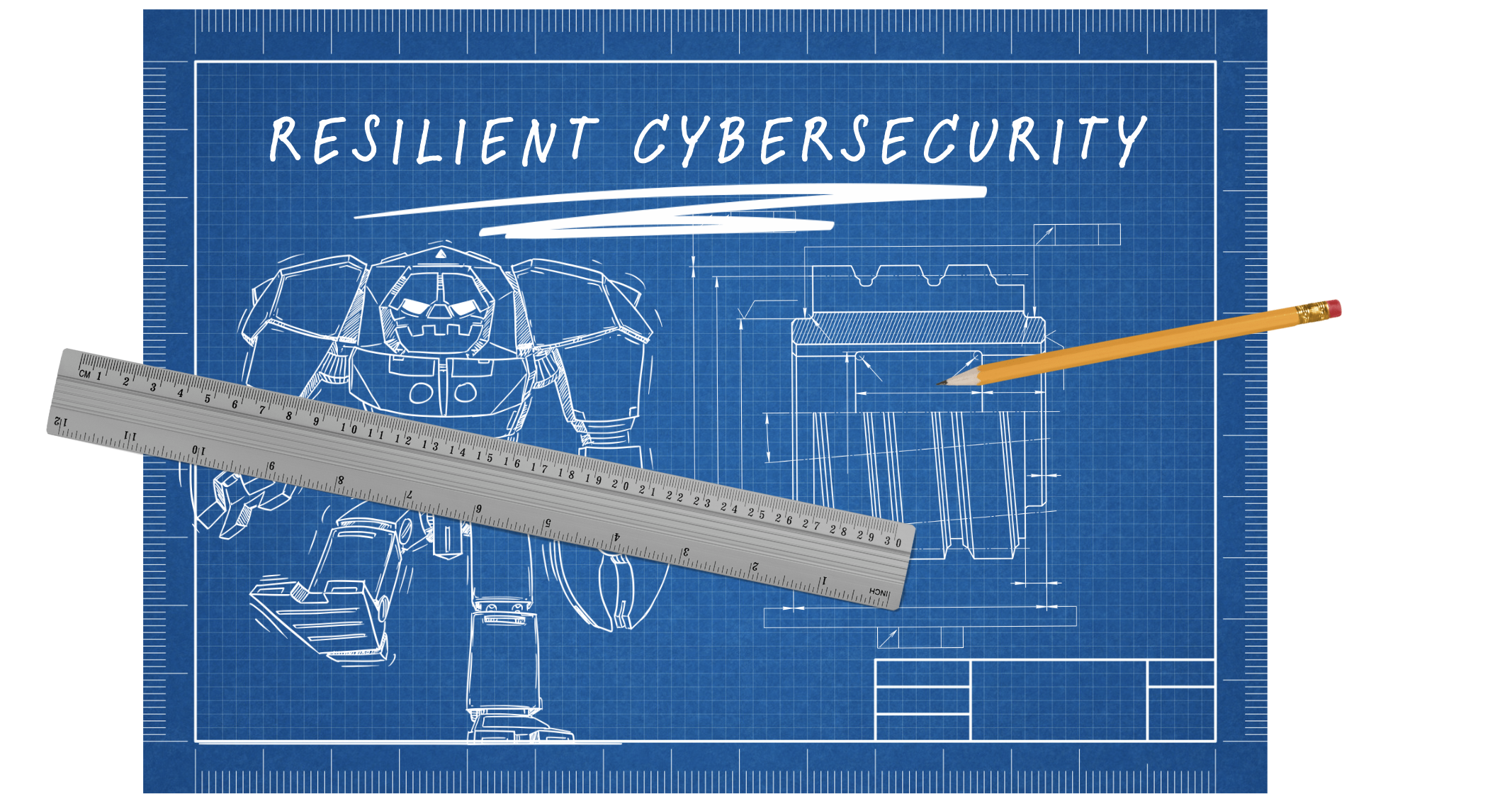Mastering Security Awareness: The Power of Microlearning in Cyber Training
Riding the Cybersecurity Wave Welcome to the ever-changing world of business cybersecurity, where technological progress gives rise to a constant...
![]() Danny Z.
Mar 11, 2024 9:22:00 AM
Danny Z.
Mar 11, 2024 9:22:00 AM

Welcome to the realm of adaptive human security—a revolutionary approach to security training and management that envisions a future in industry and technology where employees not only navigate their daily tasks freely but also remain shielded from cyber threats, even if a mistake is made along the way.
We often hear the familiar refrain that "security is everyone's responsibility," but what if we could transform this mantra into something more tangible and liberating? The journey of adaptive human protection begins by fostering a security-aware culture, discarding unnecessary compliance hurdles and training, and introducing capabilities that guide human decisions in the right direction, quickly identifying them almost effortlessly.

Adaptive human security is a revolutionary approach to management that seamlessly guides employee actions while incorporating dynamic technology adaptations to prevent security breaches and lapses. Unlike traditional training programs that merely disseminate information, adaptive human security integrates key principles to support and foster a proactive, resilient, and adaptable incident response to security challenges.
As adaptive human resources and security become an integral part of employees' daily work lives, it nurtures a culture of vigilance, an environment where individuals possess both awareness of potential threats and the skills, ability, and confidence to identify and respond effectively.
In response to a digital era teeming with cyber perils, the traditional approach to cybersecurity is evolving. Imagine a world where our overall security posture not only protects us but seamlessly integrates into our daily lives. This is the essence of adaptive human security—a groundbreaking shift in how we perceive and tackle the ever-growing threats to our digital existence.

As we envision the future of adaptive human security management, its serious focus and long-term goals bring a brighter path forward. In a landscape characterized by dynamic security threats, organizations adopting this approach aim to create something to protect everyone:
Outdated security awareness and training methods leave organizations vulnerable to increasingly sophisticated cyber threats, data breaches, vulnerabilities, and attacks. It's time to start bringing the water cooler chats back but with a cyber spin. The consequences of security incidents, including reputational damage and financial loss, necessitate a proactive approach to managing human risk.

Beyond awareness campaigns and training, organizations must create an environment where the importance and culture of security are seamlessly integrated into employees' daily tasks. Striking a balance between keeping network security top of mind and avoiding fatigue is key to achieving this.
To manage human risk effectively, organizations must broaden their focus and definition of risky behavior. Considering over 40 different behaviors that contribute to security incidents, from obvious actions to subtle nuances and social engineering, provides an organization with a more nuanced understanding.
In the ever-changing landscape of cybersecurity, adaptive human security plays an important role as our digital armor. Imagine a workplace where a security posture is not a chore but a shared commitment—a realm where each employee is a guardian against digital threats.
As we step into this cybersecurity revolution, we anticipate a future of resilience. A future where security tools and our defenses adapt swiftly to counter evolving threats, and security becomes an intrinsic part of our daily digital routines. Embrace the change, champion adaptive human security, and secure access to create a future where staying safe online is second nature.

Riding the Cybersecurity Wave Welcome to the ever-changing world of business cybersecurity, where technological progress gives rise to a constant...
4 min read

From scrolling through endless memes to connecting with friends and family members, social media has become a cornerstone of our digital lives. But...
4 min read

Imagine your organization's cyber defenses as a well-trained emergency response team. (Work with us here). Just like a strong immune system in a...
5 min read
Subscribe to our newsletters for the latest news and insights.
Stay updated with best practices to enhance your workforce.
Get the latest on strategic risk for Executives and Managers.